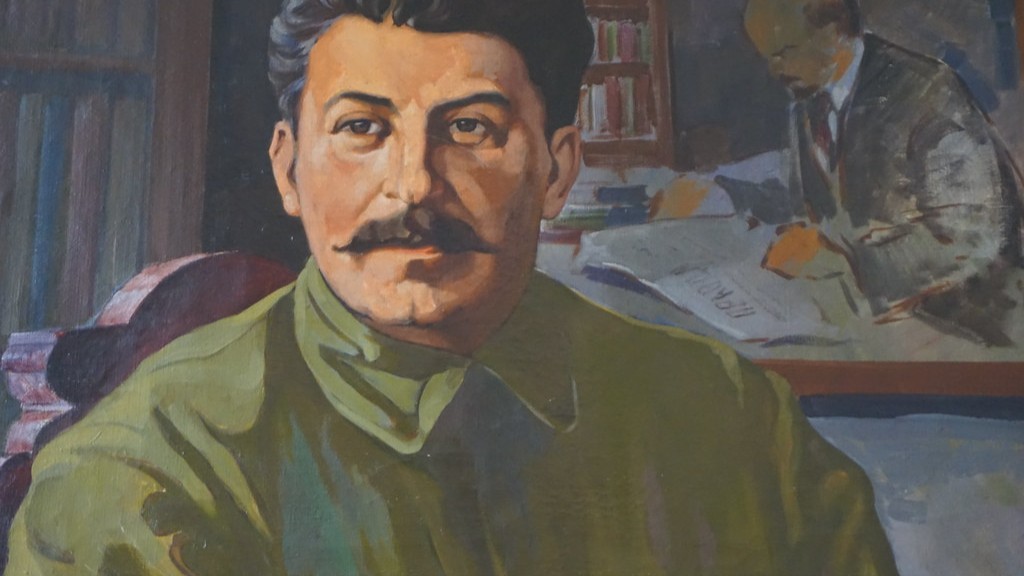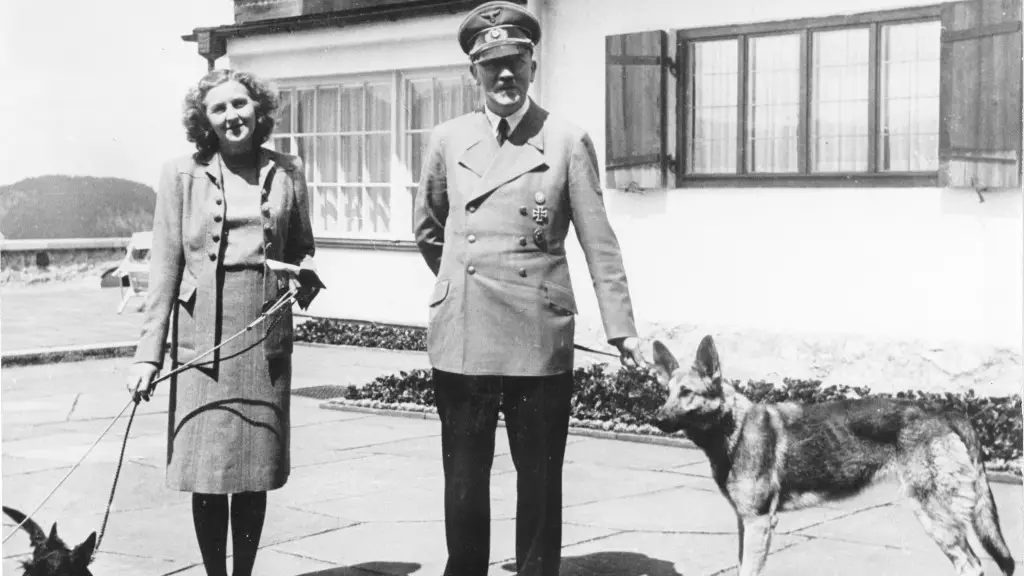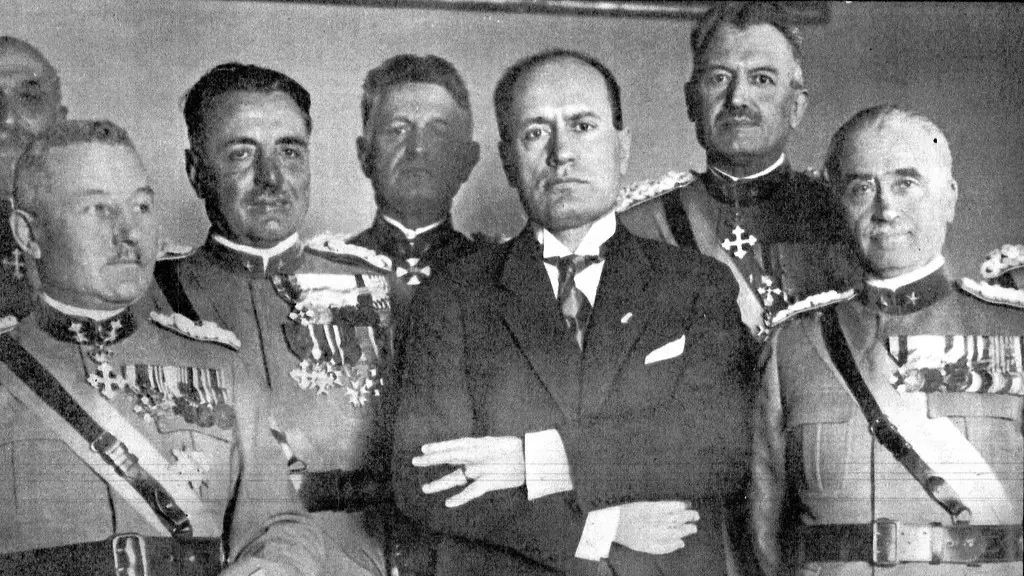The Overthrow of Saddam Hussein: The Iraq War was a conflict that lasted from 2003 to 2011. The war began on March 20, 2003, with the United States, along with a coalition of forces, invading Iraq. The stated goal of the invasion was to remove Saddam Hussein from power and to find and destroy Iraq’s stockpile of weapons of mass destruction. Saddam was eventually captured by coalition forces on December 13, 2003, and was executed on December 30, 2006.
The United States overthrew Saddam Hussein because they saw him as a threat to their interests in the Middle East. Saddam Hussein was an enemy of the United States and Israel, and the United States saw him as a destabilizing force in the region.
Why did the US want to take down Saddam Hussein?
The Iraq War was a devastating conflict that lasted for over a decade. Tens of thousands of people were killed, wounded, or affected by the conflict. More than two million people were displaced, as well. The primary rationalization for the war was articulated by a joint resolution of the United States Congress known as the Iraq Resolution. The US claimed the intent was to “disarm Iraq of weapons of mass destruction, to end Saddam Hussein’s support for terrorism, and to free the Iraqi people”. However, many critics argue that the real reasons for the war were much more cynical, such as the desire to control Iraq’s oil resources or to establish a military presence in the region. Whatever the reasons for the war, it is clear that it had a profound and lasting impact on the people of Iraq.
The Iraqi invasion of Kuwait in 1990 was a major international incident that led to the involvement of the United States and the United Nations in the Persian Gulf region. Iraqi dictator Saddam Hussein sought to gain control of the region’s oil supplies, but was met with international condemnation and resistance. The UN Security Council demanded that Hussein withdraw his troops from Kuwait, but he refused. This led to the US-led Gulf War in 1991, in which a coalition of international forces expelled Iraqi troops from Kuwait.
What did the US do to Saddam Hussein
Saddam Hussein was captured by the United States military forces in Operation Red Dawn on 13 December 2003. The operation was named after the 1984 American film Red Dawn.
The statement by Henry Kissinger encapsulates America’s view towards the Iran-Iraq war; they were not enthusiastically supportive of either side, but simply wanted to prevent one from winning outright. This was likely due to the fact that both Iran and Iraq were seen as hostile regimes at the time, and so the US had no real preference between the two.
Why did America go against Iraq?
The United States based most of its rationale for the invasion of Iraq on claims that the country had a weapons of mass destruction (WMD) program and posed a threat to the United States and its allies. Additionally, some US officials accused Saddam Hussein, the then-president of Iraq, of harbouring and supporting al-Qaeda, the terrorist group responsible for the 9/11 attacks.
The invasion of Iraq was a controversial military campaign which lasted from 2003 to 2011. The US and its allies claimed that the purpose of the invasion was to remove a dictator who was oppressing his people, and to rid Iraq of WMDs. However, many critics argue that the real motive behind the invasion was to gain control of Iraq’s oil reserves.
The field is owned by Iraq and subcontracted to BP and CNPC under Iraq Producing Field Technical Service Contract (PFTSC).
BP is an operator of the project with 476% while CNPC and SOMO hold 464% and 6%, respectively.
Why did America defend Kuwait?
The three most serious reasons for American involvement in the Middle East are oil, order, and weapons proliferation. Oil is the most tangible interest, though not necessarily the most important. Oil provides about 40 percent of American energy, and about 45 percent of this oil is imported. Order is a more amorphous but nonetheless vital interest. The Middle East is a strategically important region, and stability there is essential to the flow of oil and the security of America’s allies. Finally, weapons proliferation is a growing concern in the region. The spread of nuclear weapons would pose a grave threat to American interests, and the proliferation of other weapons of mass destruction could also destabilize the region.
Kuwait is an important partner in US counterterrorism efforts, including efforts to block financing of terrorist groups. As a member of the Global Coalition to Defeat ISIS, it hosts the headquarters of Combined Joint Task Force – Operation Inherent Resolve, and plays a key role in supporting stabilization efforts in liberated areas of Iraq.
Why did the US start the Gulf War
The US invasion of Iraq in 2003 was driven in part by the desire to secure access to oil resources in the Persian Gulf region. Indeed, then-Under Secretary of Defense for Policy Paul Wolfowitz told Defense Secretary Dick Cheney that “the fundamental US interest in the security of the Persian Gulf is oil.” While the US military involvement in Iraq has since ended, the US continues to maintain a presence in the region to protect its interests.
2003 invasion of Iraq was the United States-led invasion of Iraq that started on 20 March 2003. It was the beginning of the Iraq War and the overthrowing of the Ba’athist government of Saddam Hussein.
What did Saddam Hussein want?
Saddam Hussein’s goals as president were to supplant Egypt as the leader of the Arab world and to achieve hegemony over the Persian Gulf. In order to achieve these goals, Saddam launched an invasion of Iran’s oil fields in September 1980. However, the campaign quickly bogged down, and the two countries became locked in a war of attrition.
The United States sold Iraq over $200 million in helicopters, which were used by the Iraqi military in the war. These were the only direct US-Iraqi military sales. At the same time, the US provided substantial covert support for Saddam Hussein.
Why did the US become enemies with Iran
The United States and Iran have had a deteriorating relationship since the Iranian Revolution in 1979. The U.S. attributes the worsening of relations to Iran’s human rights abuses, anti-Western ideology, and nuclear program. In 1995, the U.S. imposed an embargo on trade with Iran.
The Iran-Iraq war was a conflict that lasted for eight years and claimed the lives of over a million people. The war began in September 1980 when Iraq invaded Iran, and ended in August 1988 when Iran accepted a UN-brokered ceasefire. Throughout the war, both sides employed a variety of tactics in an attempt to gain the upper hand. These tactics included the use of chemical weapons, economic sanctions, and proxy wars.
The United States became involved in the conflict in an attempt to protect its interests in the region. However, American involvement ultimately exacerbated the conflict and contributed to lasting political insecurity in the region.
What did Saddam Hussein do for Iraq?
Saddam’s national infrastructure campaign helped Iraq progress in many ways. It improved roads, promoted mining, and developed other industries. This campaign helped bring electricity to nearly every city in Iraq. It was a great success and improved the quality of life for many Iraqis.
According to the Energy Information Administration, the United States imported an average of 157,000 barrels of petroleum per day from Iraq in 2021. This accounted for about 5% of total U.S. petroleum imports.
Conclusion
The primary justification for the US-led invasion of Iraq in 2003 was the belief that Iraqi dictator Saddam Hussein was developing weapons of mass destruction (WMD) that posed a threat to the US and its allies. However, no WMD were ever found, leading many to believe that the real reason for the war was to secure control of Iraq’s oil resources.
The United States overthrew Saddam Hussein because he was a dictator who suppressed his people. He also posed a threat to the region and to US interests.




